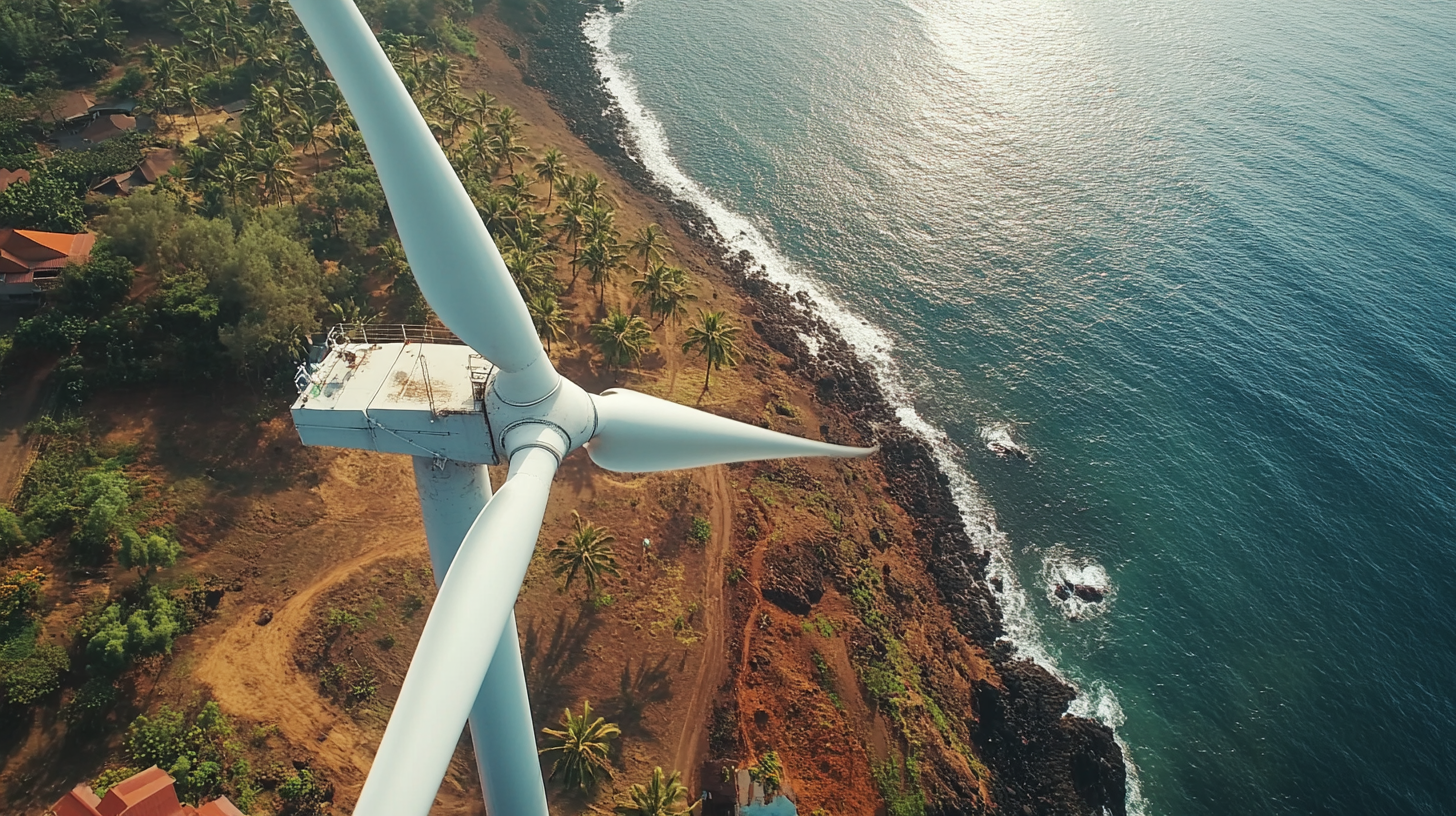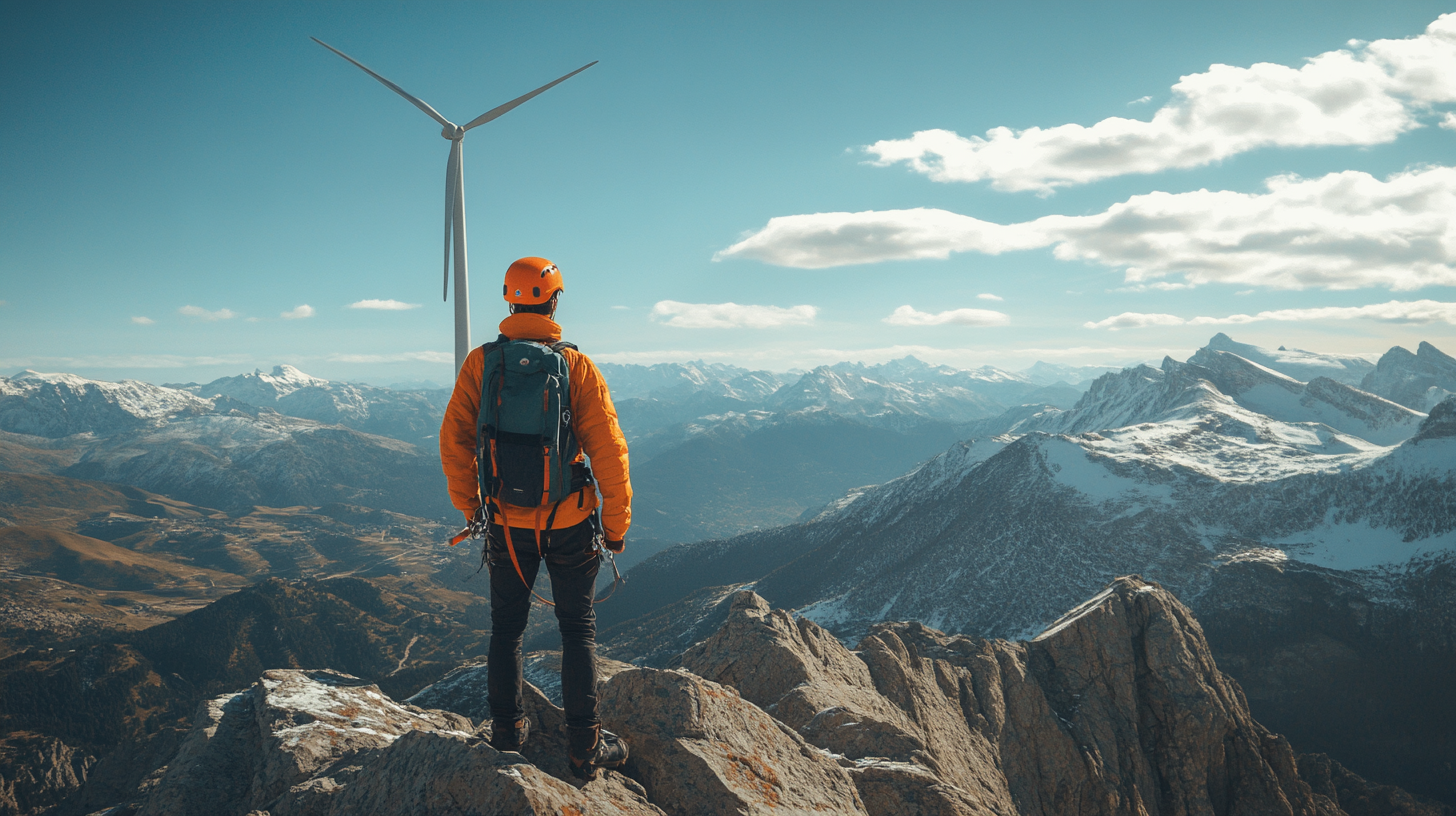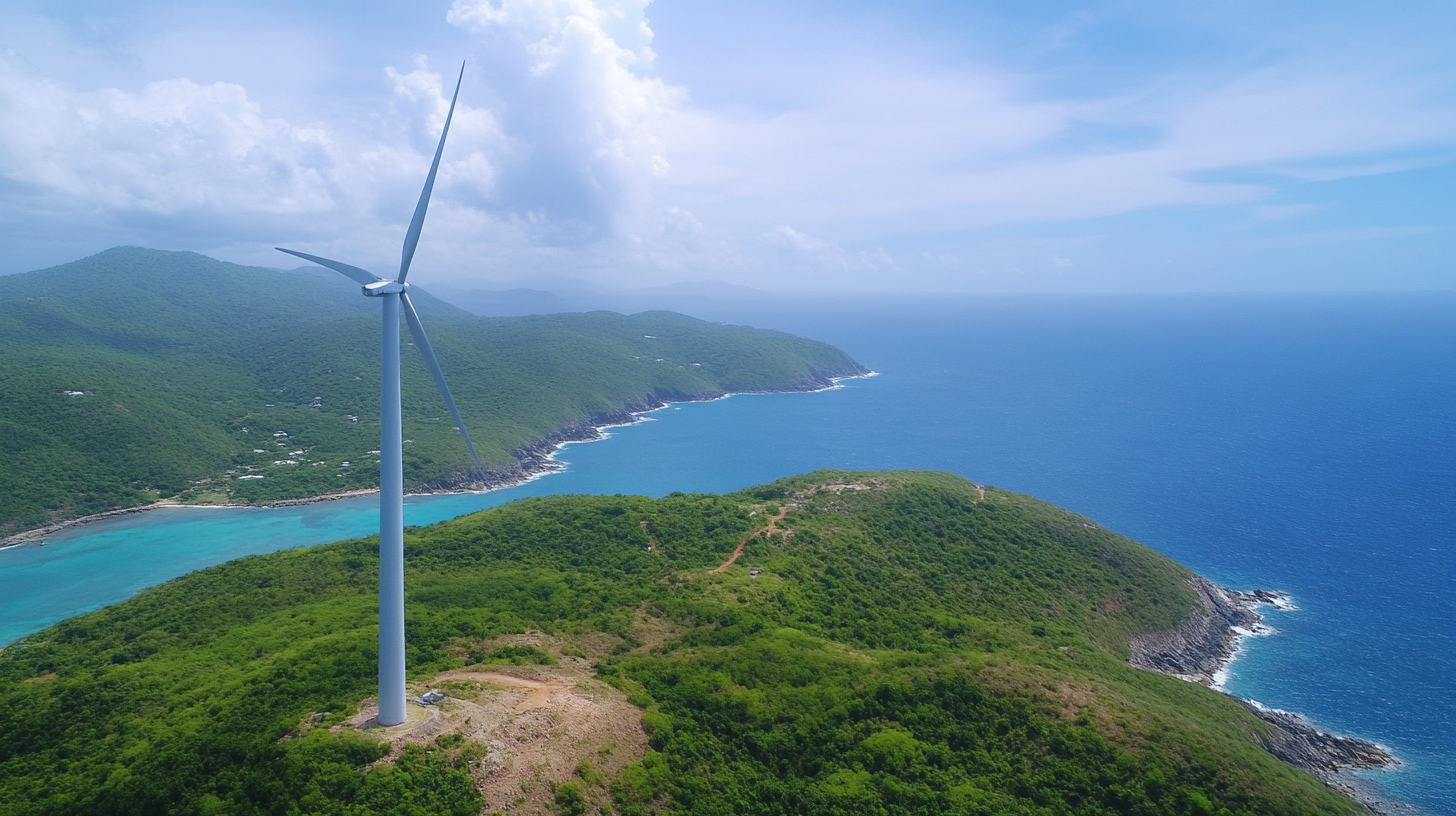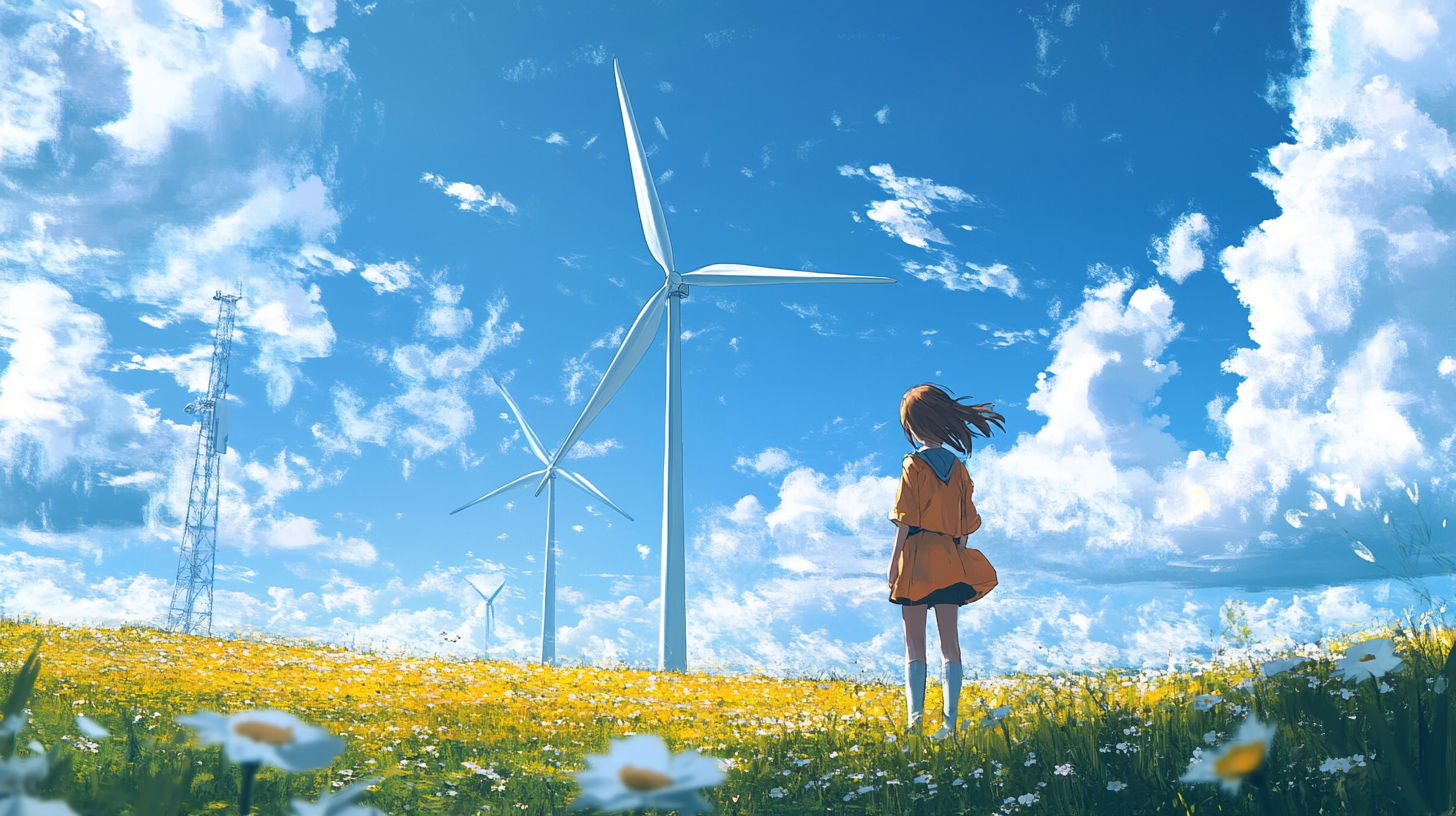As businesses increasingly seek sustainable energy solutions, the demand for Wind Generators has surged. According to the Global Wind Energy Council (GWEC), global wind energy capacity reached over 743 GW by the end of 2020, with projections indicating that this number will exceed 1,000 GW by 2024. This dramatic increase not only highlights the industry's growth but also emphasizes the critical role that wind energy plays in helping businesses reduce their carbon footprint and operating costs. In fact, a report by the International Renewable Energy Agency (IRENA) found that wind energy could save businesses up to 30% in energy expenses over traditional fossil fuel sources.
Choosing the right Wind Generator for your business needs, however, can be a daunting task, with numerous factors to consider, including location, energy requirements, and budget constraints. A well-chosen wind generator can greatly enhance sustainability practices while providing a reliable energy source. As industries transition toward energy independence, understanding the implications of this investment becomes essential, making it crucial for businesses to navigate the complexities of selecting the most suitable wind generator to maximize their operational efficiency and environmental impact.

Wind generators, commonly known as wind turbines, are devices that convert kinetic energy from wind into mechanical energy, which can then be transformed into electricity. Understanding how wind generators operate is crucial for businesses looking to harness this renewable energy source. In essence, when the wind blows, it turns the blades of the turbine, which are connected to a rotor. This rotor spins a generator that produces electricity. The efficiency of this process depends on various factors, including wind speed, turbine design, and location. In recent years, the development of wind farms has gained significant momentum, particularly in regions like Zhejiang, where both onshore and offshore wind projects are thriving. The province is home to a variety of wind energy facilities, exemplifying the country's commitment to clean energy and reducing carbon emissions. With advancements in technology, there are now offshore wind turbines reaching heights of nearly 100 meters and achieving a total installed capacity of up to 400 MW. This illustrates the scale and potential impact of wind energy in meeting growing electricity demands while fostering economic development. According to reports, offshore wind energy continues to be a focal point for future energy strategies, with significant investments being made into new projects. For instance, areas with extensive coastlines, like Yancheng, are poised to become leaders in offshore wind energy generation. The local government is pushing forward with multiple projects that will significantly increase the renewable energy capacity in the region. This focus on wind generation not only aligns with global energy transition efforts but also addresses the pressing need for sustainable power sources.

When selecting a wind generator for your business, it’s crucial to consider various key factors that can significantly impact your investment and operational efficiency. One primary consideration is the size and capacity of the wind turbine, which should align with your energy needs and production goals. Understanding your energy consumption patterns will help in determining the appropriate turbine specifications that will effectively meet your demands without overshooting your budget.
Another important factor is the location of the wind generator. The siting of large-scale renewable energy projects plays a critical role in optimizing energy output. Factors such as wind availability, land accessibility, and zoning regulations must be evaluated to ensure the location chosen will not only support maximum efficiency but also comply with local guidelines. Recent trends indicate that many businesses are integrating sustainability into their operations, influenced by the growing support among Americans for renewable energy solutions to combat climate change.
Additionally, with recent advancements in recycling technologies, such as those implemented by Critical Materials Recycling, businesses should consider the end-of-life management of wind turbines, including the potential recycling of rare earth materials. This reduces the overall environmental impact and enhances the sustainability of your renewable energy investment. The evolving regulatory landscape, including incentives from acts like the Inflation Reduction Act, also presents opportunities for businesses to maximize their financial benefits while making environmentally conscious decisions.

When considering the implementation of wind energy for your business, the first step is assessing your energy needs. This involves calculating your current and projected energy consumption, which can be critical in determining the size and power output of the wind generator required. According to the U.S. Department of Energy, businesses can save over 50% on their energy costs by integrating renewable energy solutions, including wind power. Understanding your energy load profile will enable you to select a wind generator that not only meets your immediate needs but also accommodates potential growth.
To accurately measure your wind energy requirements, begin by reviewing your energy bills and identifying your average monthly usage in kilowatt-hours (kWh). The National Renewable Energy Laboratory (NREL) suggests using an energy audit to gather data on your business's energy consumption patterns. This audit should include factors like peak usage times and seasonal variations, allowing you to forecast future energy demands more effectively. Once this information is at hand, you can better estimate the rated capacity your wind generator must have, typically expressed in kilowatts (kW).
Furthermore, wind energy generation is heavily dependent on local wind conditions. According to the Global Wind Energy Council, the average wind turbine requires wind speeds of at least 10 miles per hour to operate efficiently. Conducting a site assessment to evaluate the wind resource at your location is essential. This may involve analyzing local wind maps or conducting on-site measurements over at least a year to account for seasonal variations. Combining this wind data with your calculated energy needs will guide you in selecting the appropriate wind generator that aligns with your business's energy strategy.

Evaluating wind resource availability is a critical step in determining the feasibility of wind energy projects. Site assessment is often one of the most significant parts of this process, as it involves a comprehensive analysis of local wind patterns, terrain features, and environmental impacts. By utilizing wind maps and data from existing meteorological stations, businesses can identify potential sites that offer optimal wind speeds and consistent wind flow. This information is crucial for ensuring that the chosen location will yield sufficient energy to justify the investment in wind generation technology.
In addition to wind maps, sophisticated modeling tools have been developed to assist in site suitability analyses. A logistic modeling approach can quantify and predict wind energy potential, providing a clearer picture of the possible returns on investment. These models often take into account various factors such as land use, accessibility, and proximity to existing infrastructure. By standardizing these assessment factors, stakeholders can make better-informed decisions, ensuring a more effective approach to harnessing renewable resources.
Offshore wind resource assessment is another area gaining attention, particularly in regions with vast coastal areas. Studies have highlighted the substantial potential of both fixed-bottom and floating wind farms, offering insights into their spatial characteristics. Understanding the dynamics of offshore wind potential, including costs and technological advancements, is essential for policymakers looking to develop robust energy strategies that prioritize sustainability and resilience in energy production.
When considering the integration of wind generators into your business model, one of the critical factors to analyze is the cost dynamics between the initial investment and the long-term savings. The upfront costs associated with purchasing and installing a wind turbine can be significant, ranging from tens of thousands to several million dollars depending on the scale of the operation. However, it’s essential to view this expenditure not as a mere cost but as an investment in future sustainability and energy independence.
Long-term savings from wind generators can be substantial. Once installed, these systems incur minimal operational costs compared to traditional energy sources. Businesses can save on electricity bills, and in many regions, excess energy generated can be sold back to the grid, providing a revenue stream. Additionally, wind energy can insulate companies from fluctuations in energy prices, which can fluctuate due to market volatility or geopolitical tensions. As utility prices continue to rise, the return on investment for wind generators improves, making your initial capital outlay increasingly viable over time.
Moreover, tax incentives and government subsidies can further enhance the financial attractiveness of wind energy. Many governments offer programs to offset installation costs and encourage renewable energy use. Assessing these financial elements in conjunction with projected energy savings will provide a clearer picture of the economic benefits available through wind energy adoption for your business. Ultimately, while the initial investment may appear daunting, the long-term financial rewards and contributions to environmental sustainability make wind generators a strategic choice for forward-thinking businesses.